New Education Center Dedicated to Anne Frank Debuts in South Carolina
The space is the Amsterdam-based Anne Frank House’s only official outpost in North America
:focal(523x293:524x294)/https://tf-cmsv2-smithsonianmag-media.s3.amazonaws.com/filer/2b/7b/2b7bab3b-da95-4d82-b770-f4ce446495d5/annefrank1940_crop.jpg)
Every year, more than 1.2 million people visit the Anne Frank House, an Amsterdam museum housed in the building where the young Jewish diarist hid from the Nazis during World War II.
Confined to a small space for two long years, the teenaged Frank carefully recorded her thoughts, ambitions and everyday experiences in a checkered diary. She lived under constant threat of discovery until August 4, 1944, when German forces discovered her hiding place and arrested its eight inhabitants. Aside from Frank’s father, Otto, all of the people living in the Secret Annex were murdered in Nazi concentration camps before the war’s end.
The Anne Frank House has preserved its namesake’s story since opening to the public in 1960. Now, reports Adam Benson for the Post and Courier, the Dutch museum is expanding its reach by opening a new branch on the University of South Carolina’s (USC) Columbia campus. Known as the Anne Frank Center, the 1,060-square-foot museum will open for public tours on September 15.
Featuring original artifacts from the Anne Frank House’s collections, as well as photos and videos documenting Frank’s life, the center will be the first of its kind dedicated to the famed Holocaust victim in North America, reports the Associated Press (AP). (The similarly named Anne Frank Center for Mutual Respect—a New York-based organization that bills itself as “inspiring every generation to build the more compassionate world … Frank envisioned”—is not affiliated with the Anne Frank House or the Anne Frank Fonds, which holds the rights to Frank’s diary.) Admission will be free to all, though the university suggests that members of the public make donations.
In an effort to bring Frank’s story to a global audience, administrators at the Anne Frank House have previously established outposts in Buenos Aires, London and Berlin, per the museum’s website.
This new partner branch occupies four rooms in a former alumni building on the university’s campus. Doyle Stevick, executive director of the new center, has researched Holocaust education efforts across Europe and has spent almost a decade working closely with the Anne Frank House’s staff, notes a USC statement.
“The Anne Frank Center at the University of South Carolina is unlike anything the university has done before,” said USC Interim President Harris Pastides during an August 10 press conference, as quoted by the Post and Courier.
Pastides added, “Through the eyes of this little girl, who still lives, I would argue, we can change the world.”
Artifacts on display in the center include a replica of the small desk where Frank did most of her writing, a Nazi propaganda magazine and wartime food ration cards. At next month’s opening ceremony, officials plan to plant a sapling taken from the chestnut tree that grew outside the window of Frank’s hiding place in Amsterdam, reports the Post and Courier.
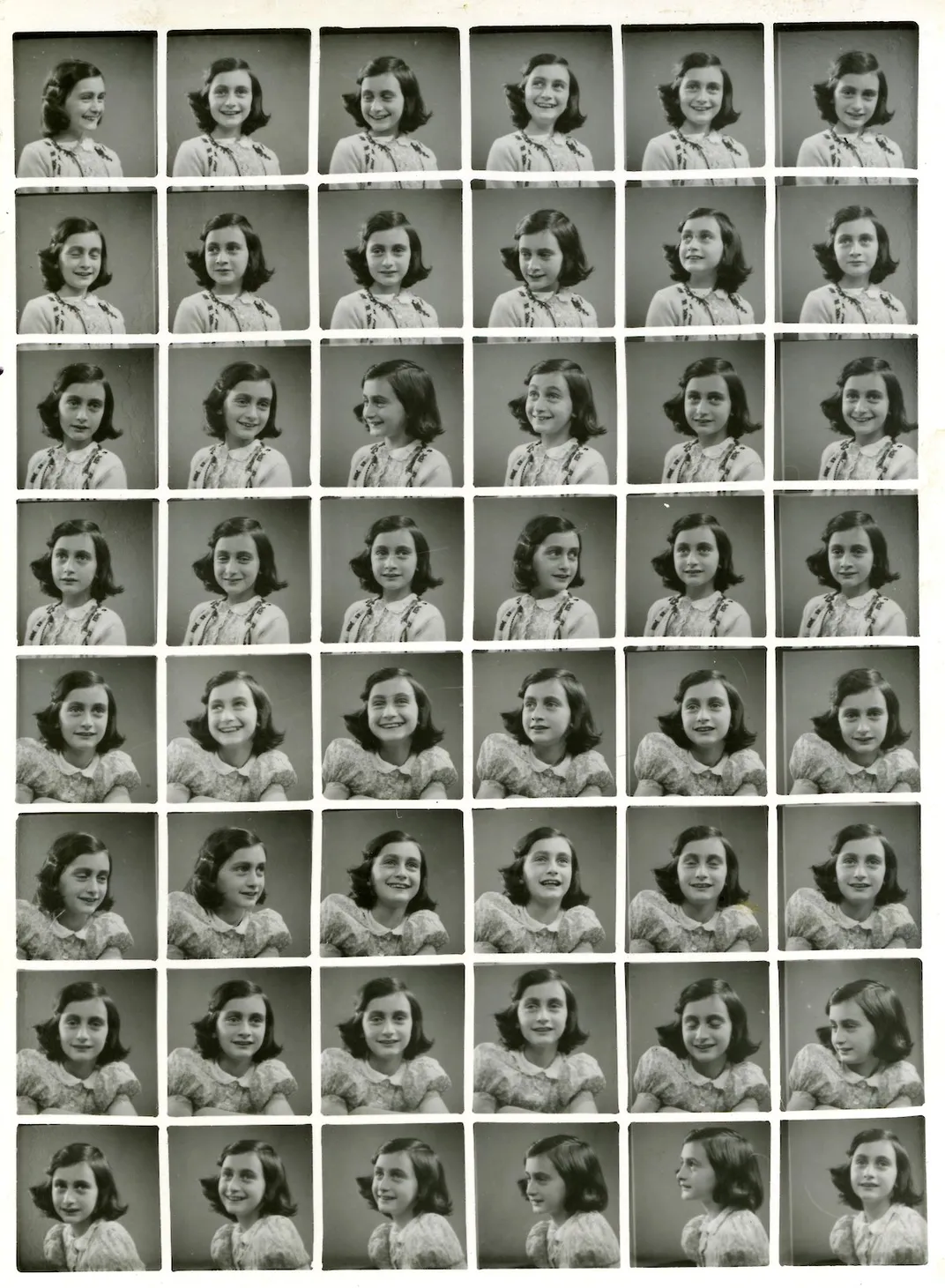
Frank received her diary as a 13th birthday present. She wrote elegantly and candidly about her fears, her ambitions to become a journalist, her budding sexuality, philosophical questions, and the day-to-day reality of life under Nazi occupation. Before her death, Frank closely edited her own writing in hopes of publishing it for a wider audience after the war, as Dara Horn reported for Smithsonian magazine in 2018.
“I don’t want to have lived for nothing like most people,” Frank wrote. “I want to be useful or give pleasure to the people around me who don’t yet know me, I want to go on living even after my death!”
Curators at the center are encouraging visitors to make connections between violence against Black Americans, particularly during the Jim Crow era, and the persecution that Jewish people faced during the Holocaust. One exhibition references Emmett Till, the Black 14-year-old who was lynched by white supremacists in Mississippi in 1955—just ten years after Frank and her older sister, Margot, died of typhus in the Bergen-Belsen concentration camp.
Stevick hopes the center can become a regional hub for educating people about the evils of systemic racism.
“We’re hopeful that the peer education process can help us build a community of upstanders,” he tells the Forward’s Sara Herschander. “A small group of extraordinary, ordinary people in the Frank family’s lives were able to keep them alive for more than two years, at great personal risk to themselves. … I hope it will inspire us to think about what we can all do together to make the world a better place.”
/https://tf-cmsv2-smithsonianmag-media.s3.amazonaws.com/accounts/headshot/nora.png)
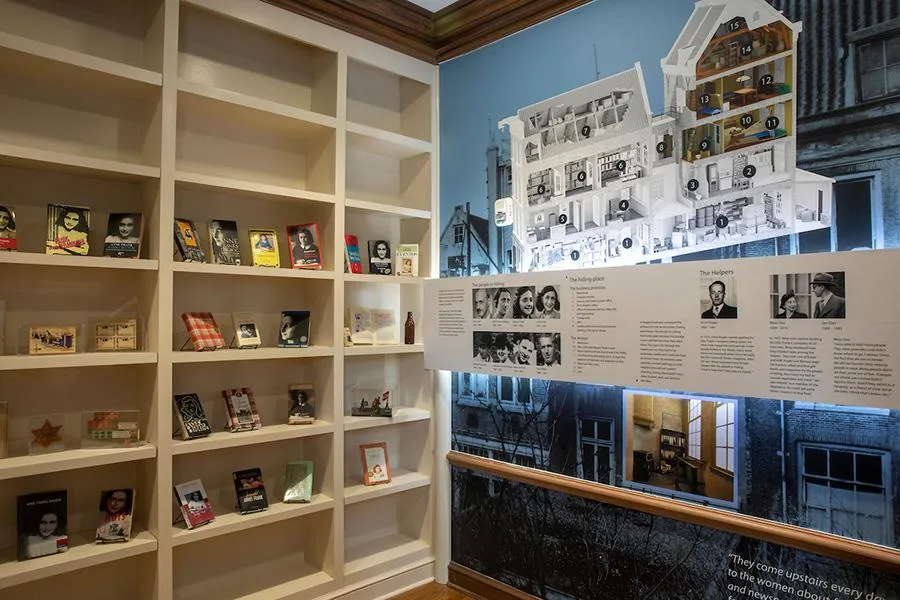
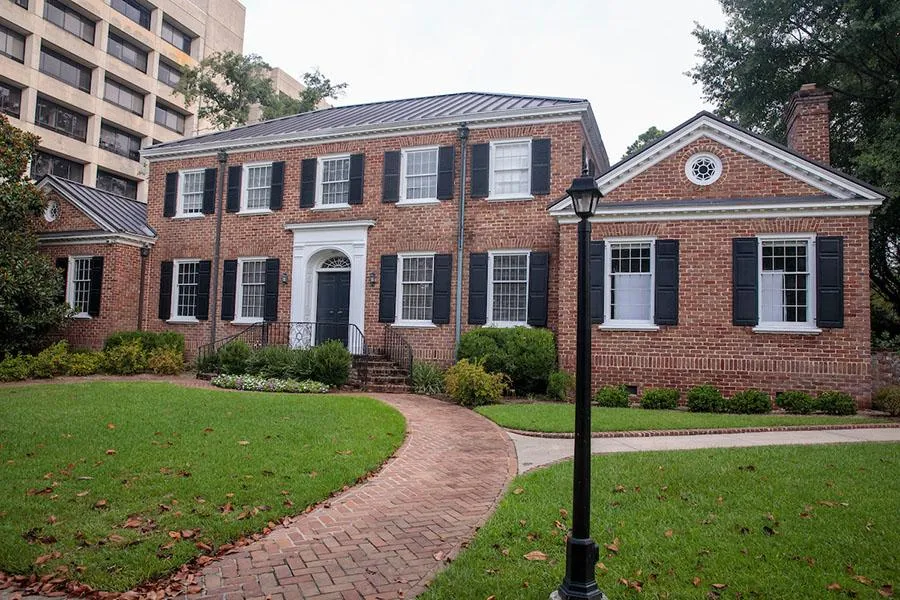
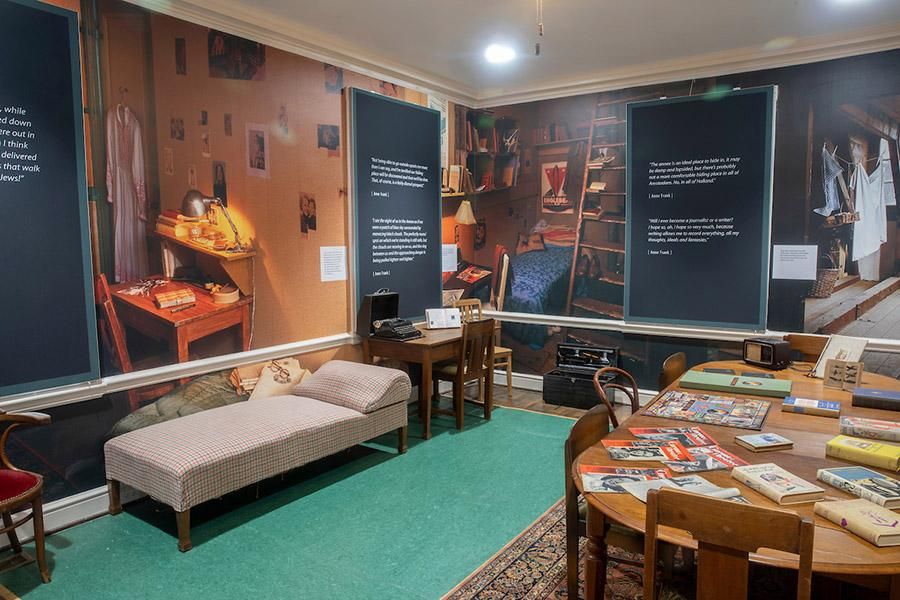
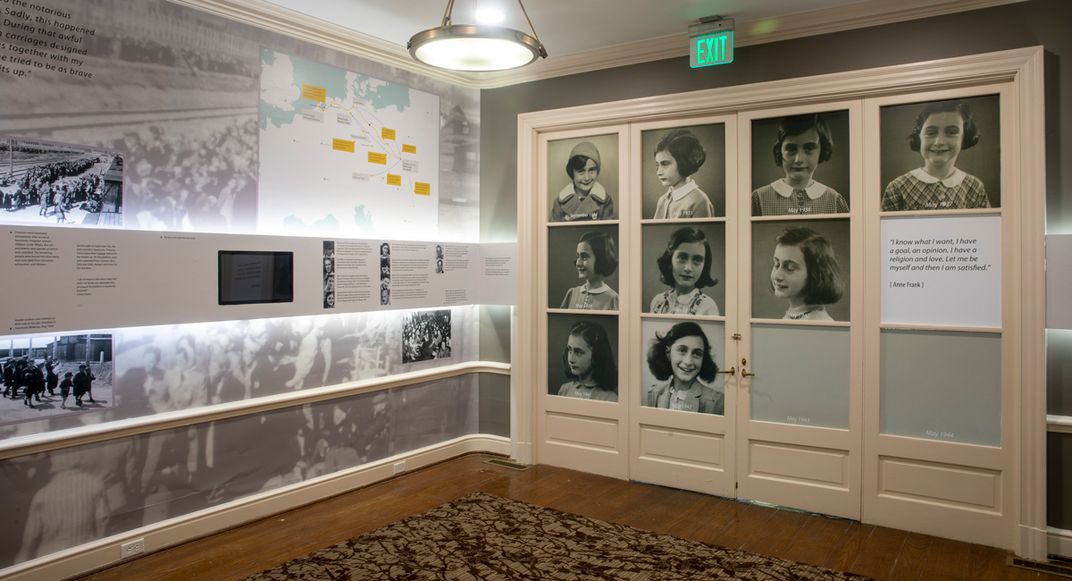
/https://tf-cmsv2-smithsonianmag-media.s3.amazonaws.com/accounts/headshot/nora.png)